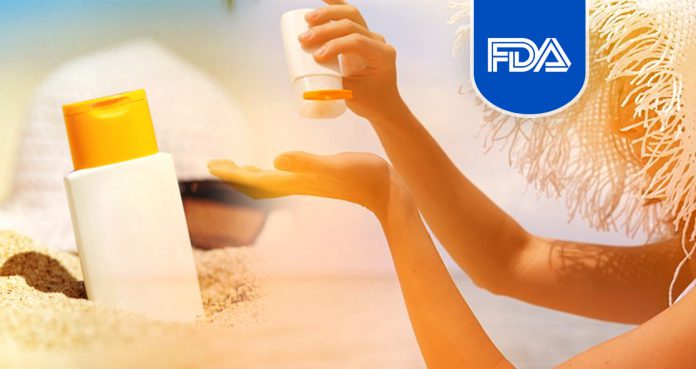The U.S. Food and Drug Administration (FDA) has decided to determine the body absorption of sunscreen chemicals.
In 2019, the FDA announced that the human body absorbed four of the most common chemicals in sunscreens – avobenzone, oxybenzone, octocrylene, and ecamsule – which can stay in the body for days.
However, new FDA testing found six active chemicals in sunscreens that could be absorbed by the skin, such as avobenzone, oxybenzone, octocrylene, homosalate, octisalate, and octinoxate.
A new study, which was published in The Journal of the American Medical Association, has largely confirmed the findings that there are six harmful chemicals that can be absorbed by the skin.
The health agency has found that some chemicals were absorbed beyond the threshold of concern for nearly three weeks. For instance, oxybenzone was found to be over 180 times than the threshold of concern, increasing to more than 500 times after applying sunscreen for four consecutive days.
Several studies have found that oxybenzone could affect infant birth weight, breast development, and sperm function. In fact, Hawaii has announced a ban on sunscreens containing oxybenzone and octinoxate because they were found to contribute to damaging coral reefs in the ocean.
Nneka Leiba, vice president of the Environmental Working Group’s Healthy Living Science Program, said, “The fact that these chemicals are being found at elevated levels in our blood, combined with evidence that they have been linked to adverse health impacts in other studies, is extremely concerning.”
The group has been warning people for years that chemicals in sunscreens may not be safe.
The FDA said that the UV filters in sunscreens could not be considered safe; however, that does not mean they are unsafe.
Dermatologist Dr. Alok Vij from Cleveland Clinic in Ohio, who was not a part of the study, said, “Avoid sun if you can between 11 and 4 when UV radiation is at its peak. Use mineral-based sunscreens or use clothing that has built-in sun protection.”
Dr. Vij recommends people to look for clothing with a UPF factor. He said, “Be smart in the sun. If you know you burn, limit your sun exposure. If you know you have a family history of melanoma, limit your sun exposure.”
It is smart to use mineral-based sunscreen, especially for children, advised Dr. Kanade Shinkai, a dermatologist at the University of California, San Francisco, who was also not involved in the study.
She said, “Mineral sunscreen, if formulated correctly and applied correctly, is very effective.”
“A lot of formulations have zinc only. They miss part of the UV spectrum,” added Dr. Shinkai. “Mixing them together – zinc and titanium – provides broad-spectrum protection that’s very comparable to what you get in a chemical sunscreen. There’s no reason for us to not recommend mineral sunscreen.”























